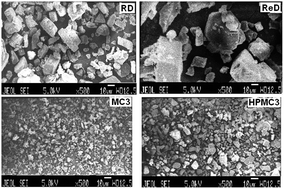Aceclofenac nanocrystals for improved dissolution: influence of polymeric stabilizers
Abstract
With the increasingly lipophilic nature of candidate drugs, solubility and dissolution rates have become the limiting factors that affect bioavailability of oral and parenteral formulations. The purpose of the study is to improve the dissolution rate of aceclofenac through a nanonization technique. In the present work, particle engineering was carried out to obtain pure drug nanocrystals of aceclofenac using a standard, simple and scalable bottom up technique to overcome its poor dissolution behavior employing different classes of polymeric stabilizers. The physicochemical properties were evaluated including particle size distribution, powder X-ray diffractometry, scanning electron microscopy and in vitro dissolution studies. Intestinal absorption studies were also carried out to assess the effectiveness of the fabricated nanocrystals. The concentration and type of polymer influenced the particle size and dissolution velocity of aceclofenac. Among the stabilizers studied, methyl cellulose (0.3% w/v) was found most efficient which lead to highest dissolution (88.27 ± 2.053%) with significant reduction in particle size. The intestinal permeation studies indicated significantly (p < 0.05) higher permeation of drug from the nanocrystals. Semi synthetic non ionic polymers were found very effective in reducing the particle size (preventing growth of crystals), improving the dissolution and intestinal permeation of aceclofenac from the engineered nanocrystals.


 Please wait while we load your content...
Please wait while we load your content...